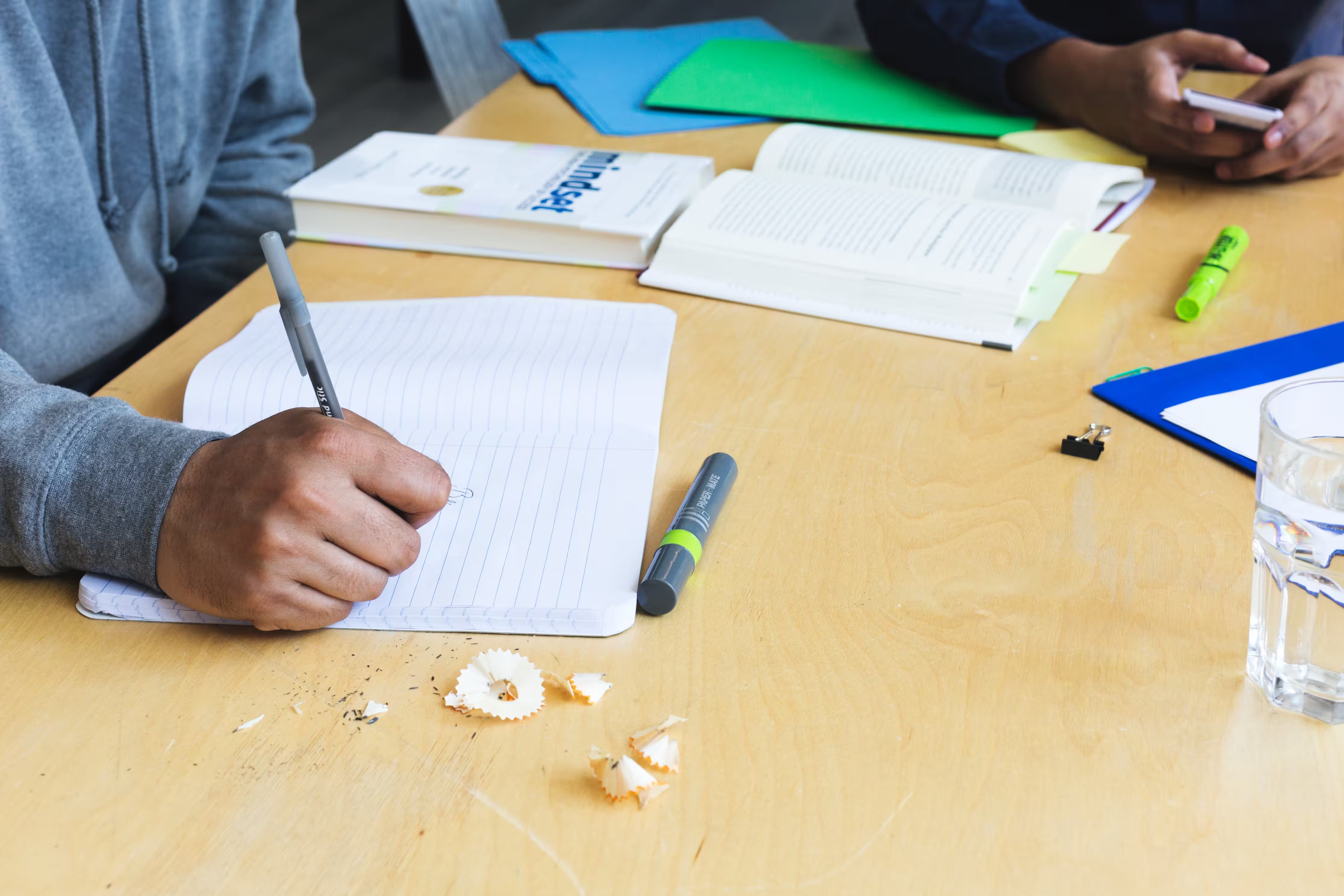
Subjects in Group 3 of the International Baccalaureate Diploma Programme (IBDP) can be content-heavy, especially when taken at the Higher Level (HL). History, in particular, is a subject that demands a deep understanding of both content and context. Preparing for examinations often involves memorizing a vast array of dates, events, and movements, which can be a daunting task. This article aims to provide insights into the topics that history students often find challenging and content-heavy, and offers strategies on how to effectively prepare for them. We will also explore key studying techniques to help you retain information and ace your History HL papers.
Identifying Difficult Topics
A key strategy employed by successful History HL students is to plan ahead and identify which topics are the most content-intensive or challenging. These are the topics you should revise first. There are several methods you can use to memorize these content-intensive topics, such as the Feynman Technique and the Pomodoro Technique. For more insights on these techniques, refer to our article on using these techniques for effective revision.
Prioritization of Certain Topics
It’s important to list the topics or units from most difficult to least difficult. This will differ from student to student, and it’s crucial to consider the number of subtopics in each. Alternatively, you can use the list we’ve prepared for you with the most content-heavy topics, and in what order you’re meant to revise them.
Here’s an example of how you could sort/ list them:
| Country | Subtopics |
|---|---|
| China | |
| Germany | |
| Italy | |
| Japan |
Tip 2: Attempt questions from most familiar to least familiar
Once you’ve listed the most content-heavy topics, delve into the subtopics and key movements in each period. Many students find that creating a timeline for each event in the topic period helps with memorization of dates, times, and important figures.
Revision Strategy
The final step is all about revising those topics you’ve listed in the order of difficulty (i.e., hardest topic → least hardest). This method ensures that you’re most thorough with the difficult topics before you move on to the easier ones.
Adopting Different Methods of Revising
Adopting different methods of revising can greatly aid in exam preparation, especially for dynamic subjects such as history. Here are several different studying techniques a student can use:
- Timelining: Creating a timeline of historical events to help visualize and remember events better.
- Flashcards: These can be used to test your recall of key facts and figures.
- Book Annotations: Making notes directly in your textbook can help reinforce your understanding of the material.
- Active Recall: Regularly testing your memory of the material can improve long-term retention.
- Passive Note Taking: Writing down key points can help reinforce your memory.
Planning
Many students fail to realize that planning is crucial when preparing to study for any IBDP subject. IBDP emphasizes both coursework and examinations, so attempting both simultaneously can be challenging. However, with careful planning, it’s not impossible.
Your school will most likely provide an internal submission schedule for IBDP coursework. It’s crucial that you adhere to these deadlines as closely as possible to ensure you have ample time for exam preparation. With plenty of time for exam prep, you can block out set periods in the day dedicated solely to studying history and revisiting topics.
The large number of topics can be quite overwhelming, which is why it’s suggested you break these topics down into subtopics and subcategories that can be easily tackled within two study sessions.
Conclusion
By following these strategies and techniques, you can effectively navigate the content-heavy landscape of History HL and excel in your examinations. Remember, the key to success lies in understanding the material, effective planning, and consistent revision.